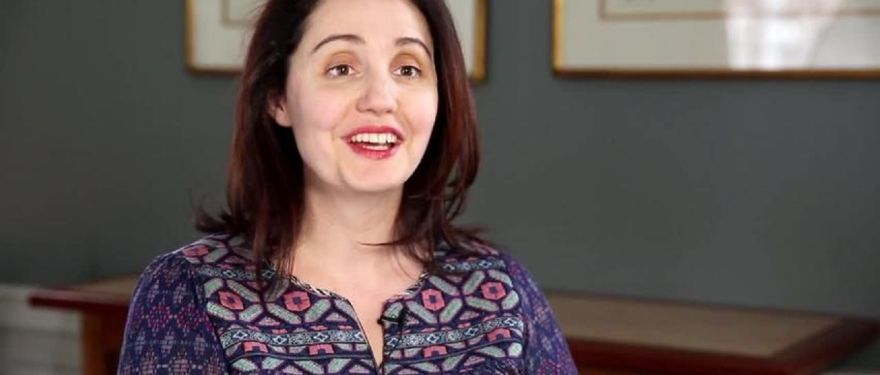During my first year at HBS, I was given training wheels in the form of 93 new friends/sectionmates and an Outlook calendar that told me exactly where I needed to be when. The notion of choice didn’t really exist during my first year on campus. Instead, I tried to assimilate and adapt to the norms of HBS while keeping my head above the proverbial water.
And just like that, everything changed my EC year – the training wheels were off! Suddenly, there were so many choices: what courses to take, what clubs and activities to prioritize, how to spend my social time, what job to accept upon graduation. The choices, the opportunities, the privileges of being an EC at Harvard Business School could overwhelm anyone. I now more fully understood that I was in a special place and that the countdown on my time here had begun.
Having next to no idea what direction my career was headed, choosing classes became the first order of difficult business. Should I take classes along my career track? Oh wait, I don’t have one just yet. Should I continue my foray into accounting and finance classes? Practice makes perfect, I’m told, and I need all the practice I can get. Should I take those classes that most interest me, career aspirations aside? If so, my class schedule would have the cohesiveness of one of our section’s potluck dinners, I fear. This year, after all, is the last educational bout on my horizon and I get to take about 1% of all the incredible courses offered so the choices matter.
EC’s get to create our own mini-courses, so to speak, called independent projects. You can consult for specific companies or create your own curriculum with the supervision of a faculty advisor. I took on two independent projects in my final year. In my first semester, Rob Kaplan, former Vice Chairman of Goldman Sachs and Professor at HBS who recently became the President of the Dallas Federal Reserve, offered to teach a group of students about the stock market.
We participated in a simulation throughout the semester – individually picking/pitching stocks, creating stock portfolios in teams and tracking them in the marketplace. In my second semester, I worked with a classmate to explore how women in finance help other women in finance throughout their career development. Through this independent project, we conducted in depth, one-on-one interviews with 15+ female leaders of industry – picking their brains, brainstorming ideas and learning from their collective experience. It was incredible.
So with two great independent projects coupled with fantastic courses including Clay Christensen’s Building and Sustaining a Successful Enterprise course, the Authentic Leadership Development course, and the Role of Government in the Market Economy, I was ecstatic about my EC academic experience.
The opportunities in EC year don’t stop at the courses, however. We’re exposed to new faces in and outside of the classroom. We get to take on leadership roles in the clubs and organizations that matter most to us. We get to gather with classmates who will be living in the same city after graduation. We get dedicated job search days to go explore new career paths and meet with new companies. We get an extended break between first and second semester to either travel with classmates, take on externships, relax at home, or pursue full-time opportunities. We get to develop lifelong friendships and learn from the most impressive set of peers.
There are so many (maybe too many) things to do in our EC year. Choosing is the hardest part. We are gifted with a year to reflect on where we’re going next; we are gifted with an opportunity to practice choosing. Take advantage of EC year and all it has to offer and enjoy the ride (minus the training wheels)!

